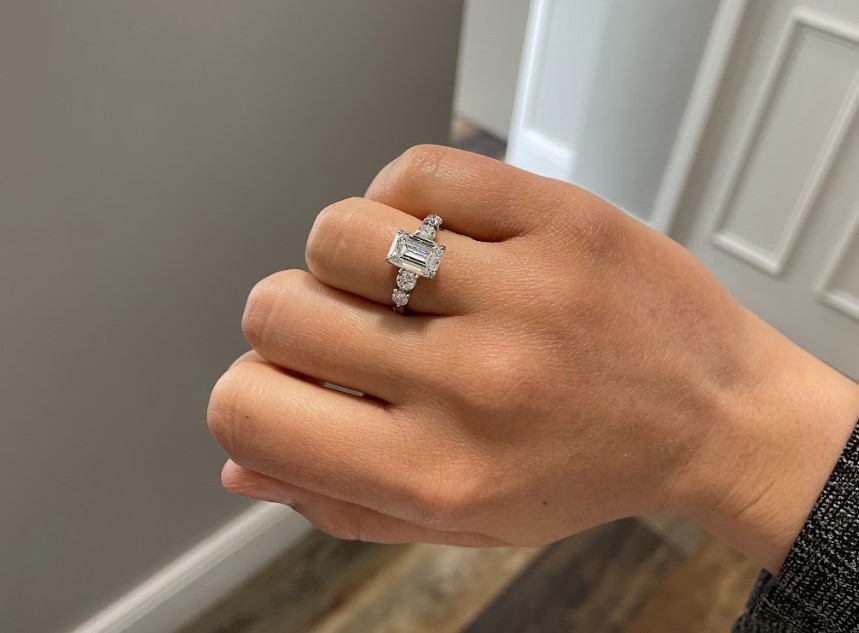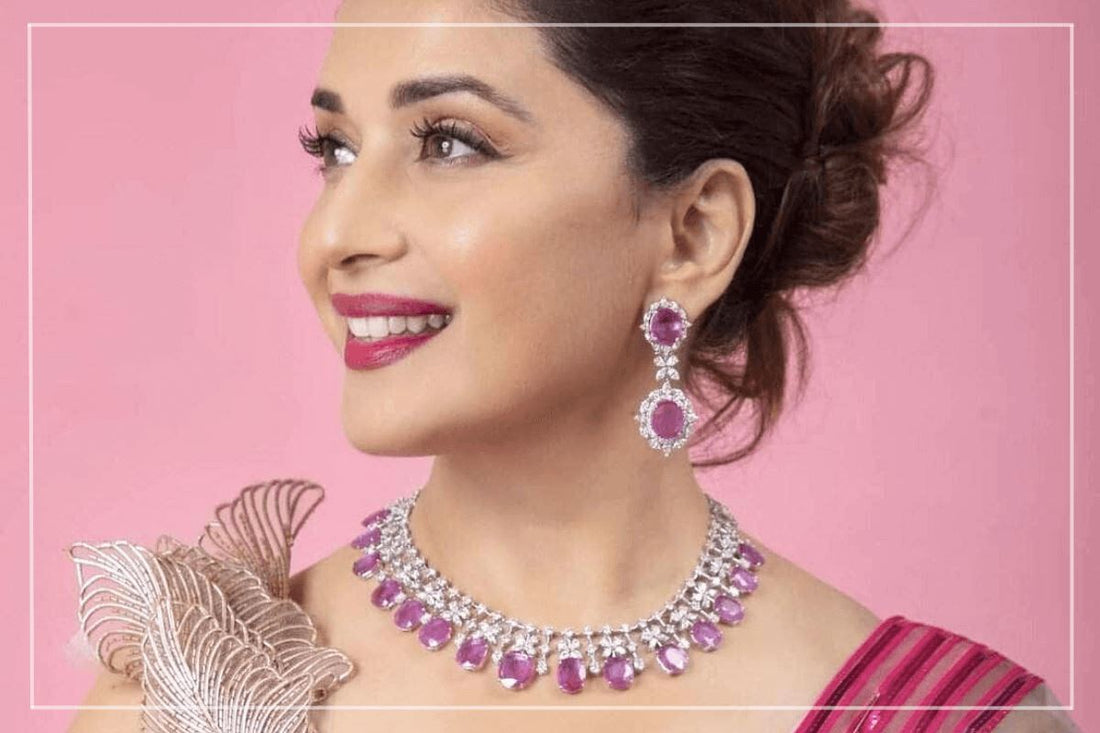Diamond rings, especially those adorned with lab-grown diamonds, are a symbol of elegance and everlasting love. Behind their beauty lies meticulous craftsmanship, with one crucial element often overlooked—the claws that secure these exquisite stones. In this article, we delve into the significance of claws in lab-grown diamond rings, exploring their types, benefits, and how to choose the perfect setting for your special piece.
Introduction
Lab-grown diamonds have revolutionized the jewelry industry, offering a sustainable and ethical alternative to mined diamonds. These diamonds are cultivated in controlled environments, ensuring minimal environmental impact and ethical concerns compared to traditional mining practices. When choosing a lab-grown diamond ring, understanding the role of claws becomes pivotal in both functionality and design aesthetics.
Understanding Claws
Claws, also known as prongs, are small metal supports that grasp the diamond securely onto the ring’s setting. Their primary function is to hold the stone firmly in place while allowing maximum light exposure to enhance its brilliance. Depending on the design and setting chosen, claws can dramatically alter the ring’s appearance and durability.
Benefits of Lab Grown Diamonds
Lab-grown diamonds offer several advantages over their natural counterparts. They are created using advanced technological processes that mimic the natural diamond formation, resulting in gems that are chemically and visually identical to mined diamonds. Moreover, lab-grown diamonds are conflict-free and contribute significantly less to environmental degradation, making them a sustainable choice for conscientious consumers.
Why Claws Matter in Lab Grown Diamond Rings
In claws for lab grown diamond rings, the role of claws extends beyond mere functionality. While they securely hold the diamond in place, they also contribute to the overall aesthetic appeal of the ring. The number, shape, and positioning of claws can enhance or diminish the perceived size and brilliance of the diamond, making them a crucial aspect of jewelry design.
Different Claw Settings for Lab Grown Diamonds
Several types of claw settings are used in crafting diamond rings, each offering distinct advantages in terms of security and visual impact:
Prong Setting: Classic and popular for its minimal metal visibility, allowing maximum light exposure.
Bezel Setting: Offers a sleek and modern look, encasing the diamond with a metal rim for added protection.
Channel Setting: Ideal for side stones, providing a seamless look with stones set between two metal channels.
Pave Setting: Features multiple small diamonds set closely together, creating a sparkling surface.
Choosing the right claw setting depends on personal preference, lifestyle, and the desired style of the ring. Each setting offers unique characteristics that can complement different diamond shapes and ring designs.
Choosing the Right Claw Setting
When selecting a claw setting for your lab-grown diamond ring, consider factors such as:
- The diamond’s shape and size.
- Your lifestyle and daily activities.
- The overall design aesthetic you prefer.
Popular choices among consumers include the classic prong setting for its timeless elegance and the bezel setting for its modern appeal and added security.
Durability of Claw Settings
Contrary to common misconceptions, lab-grown diamonds are durable and suitable for everyday wear. The durability of the ring largely depends on the quality of craftsmanship and the metal used for the claws. Routine maintenance, such as regular cleaning and inspection by a professional jeweler, ensures that the claws remain intact and the diamond stays securely in place.
Design Trends in Claw Settings
Contemporary jewelry design trends often feature innovative claw settings that cater to diverse consumer preferences. From intricate vintage-inspired designs to minimalist styles, there’s a wide range of options available for customization. Many jewelers offer bespoke services, allowing you to personalize the claw settings according to your unique taste and specifications.
Expert Tips for Maintaining Claw Settings
To preserve the beauty and functionality of your man made diamonds, follow these expert tips:
- Clean your ring regularly using a mild solution of soap and water.
- Avoid exposing your ring to harsh chemicals or abrasive materials.
- Inspect the claws periodically for signs of wear and tear.
- Seek professional maintenance and repair services from reputable jewelers when needed.
Cost Considerations
Lab-grown diamond rings typically cost less than their natural counterparts, offering excellent value for money without compromising on quality or aesthetics. Factors such as the diamond’s carat weight, clarity, and the complexity of the setting can influence the overall price. Compared to mined diamonds, lab-grown diamonds are a more affordable option for those seeking a beautiful and ethical engagement or wedding ring.
Buying Guide for Lab Grown Diamond Rings
When purchasing a lab-grown diamond ring, consider buying from reputable sources that provide certification of authenticity. Look for transparent information regarding the diamond’s origin, quality standards, and ethical practices. Trusted jewelers often offer warranties and guarantees, ensuring your peace of mind with every purchase.
Conclusion
Choosing the right claw setting for your lab grown diamond ring is a decision that balances functionality, aesthetics, and personal style. Whether you opt for a classic prong setting or a contemporary bezel design, each setting enhances the beauty and durability of your ring. By understanding the importance of claws in jewelry design and considering your preferences, you can select a ring that symbolizes your love and commitment while reflecting your values.

.jpg)



